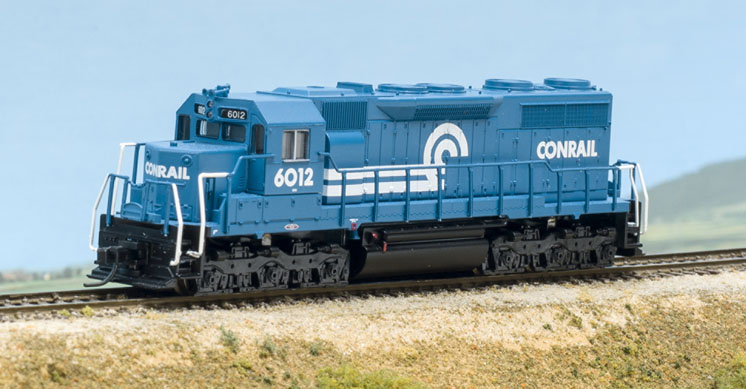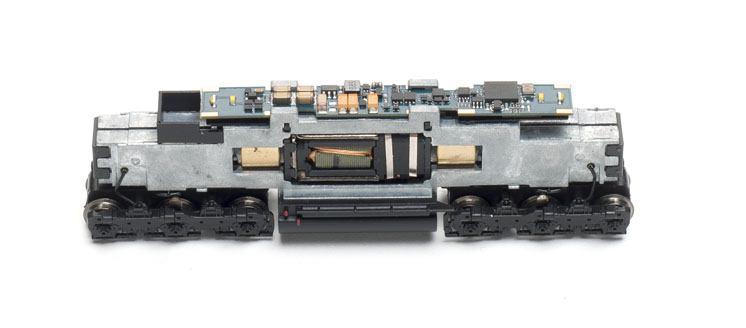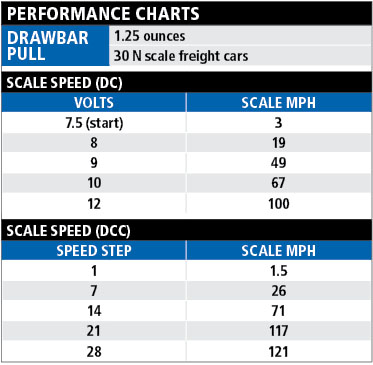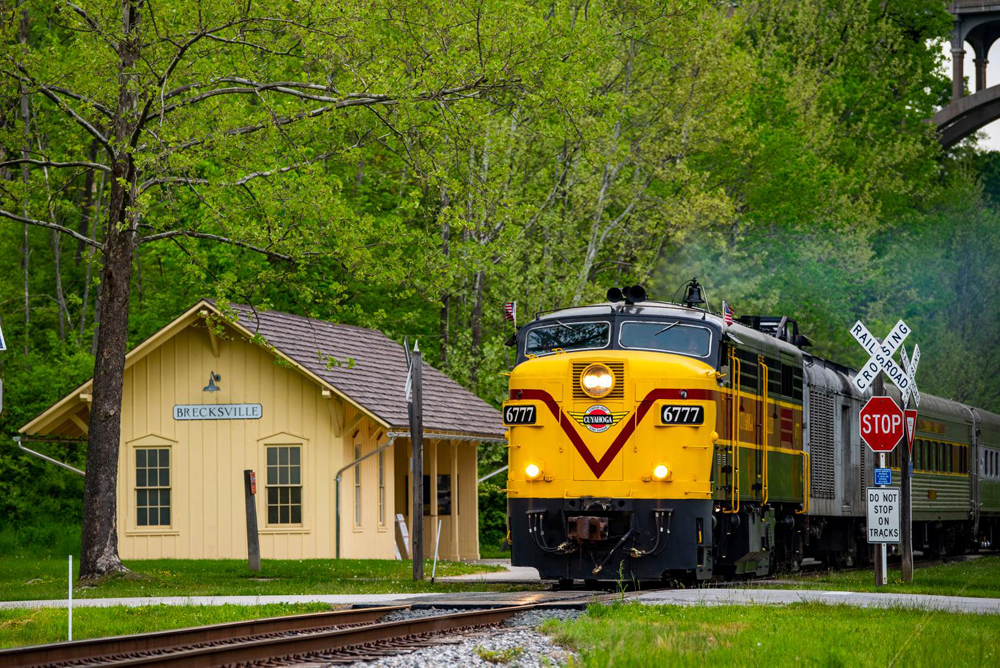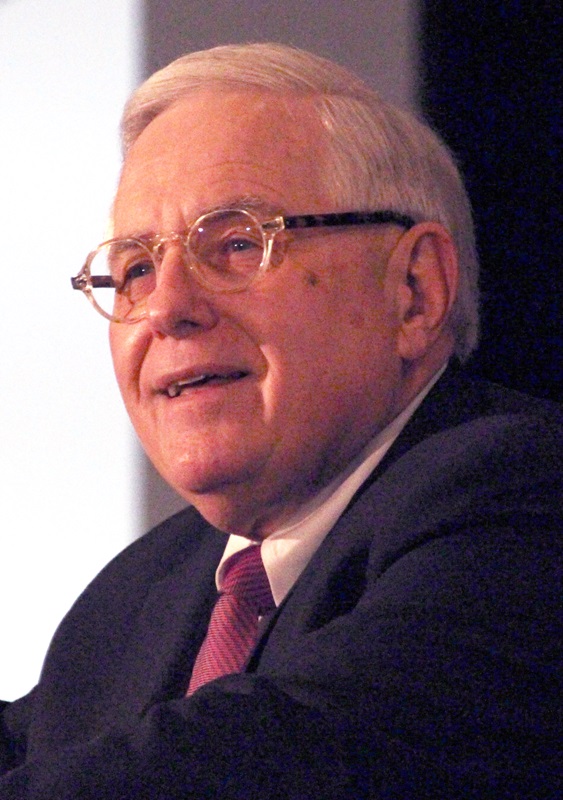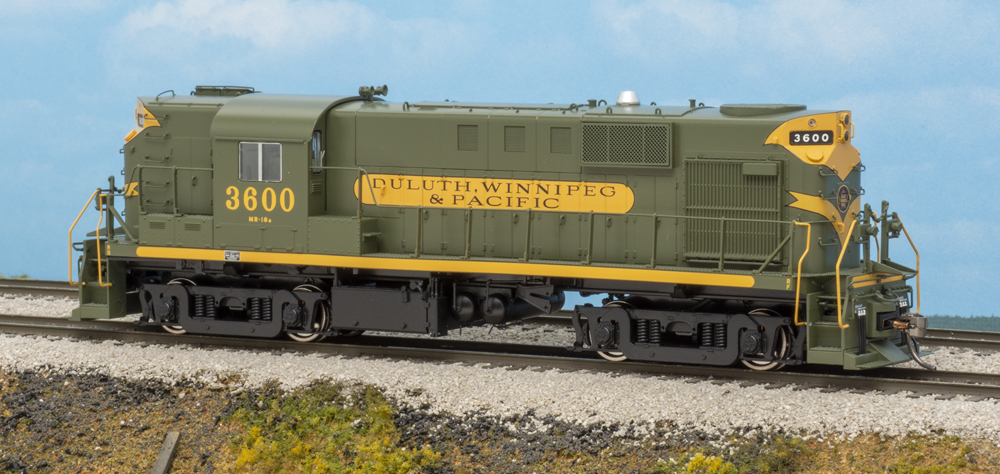The Electro-Motive Division SD35 is one of the latest Atlas Master Series N scale locomotives to be upgraded with factory-installed Digital Command Control (DCC) and sound. We reviewed the first release of the model in the October 2000 issue. This latest version is factory-equipped with a dual-mode ESU LokSound decoder that operates on both DCC and direct-current (DC) layouts.
Note that some of the road names listed are sold out at the manufacturer, but as of this writing many are available from Atlas dealers and hobby shops.
The prototype. Between 1964 and 1966, General Motors Electro-Motive Division produced 360 SD35 diesel-electric locomotives for several U.S. railroads. Like the four-axle GP35 released a year earlier, the six-axle SD35 came equipped with a 2,500 hp EMD 567D3A diesel engine. Although not as big a seller as the GP35, the SD35 filled a niche with some roads, especially those that worked eastern coalfields.
After its formation in 1976, Conrail received its 52-unit SD35 fleet from predecessor railroads Penn Central and the Central RR of New Jersey. They served on various parts of the CR system for nearly a decade before being retired in the mid-1980s.
The model. The main dimensions of the Atlas model match a prototype diagram in the 1966 Car and Locomotive Cyclopedia of American Practice (Simmons-Boardman). The positions of the engine-access doors, grills, and other molded in detail matches prototype photos. Grab irons are also molded on each end.
Separately applied parts include handrail and stanchion assemblies made from flexible engineering plastic to resist breaking. The three-chime air horn is also separately applied and correctly positioned on the center-front of the cab roof. All the cab windows have clear plastic glazing with silver painted window trim on the side cab windows.
Our review sample is decorated for Conrail no. 6012. The model’s prototype was built in 1965 as Pennsylvania RR no. 6012, then became PC no. 6012 after the PRR’s merger with New York Central in 1968. Photos show that no. 6012 remained in PC livery for a few years after the 1976 formation of Conrail. The locomotive was finally painted in Conrail Blue in 1979.
The model’s paint scheme matches the prototype’s CR livery. The white stripes are straight and opaque with no voids. The end handrails are also correctly painted white.
All lettering is accurately positioned, including EMD builder’s plates on the side sills under the cab and the SD35 classification under the cab number. Maintenance stencils, including Fire Extinguisher Inside and Emergency Fuel Cut Off, are legible under magnification.
The mechanism. Removing the press-fit plastic body shell reveals the locomotive’s mechanism. A split die-cast metal frame surrounds the dual-flywheel- equipped motor. All 12 wheels pick up track power. Wires connect the trucks to the frame to transmit track power to the decoder mounted atop the chassis.
Surface-mount light-emitting diodes on each end of the decoder board illuminate the headlights. The speaker for the sound system is mounted in an enclosure under the plastic fuel tank.
The frame and the motor give the model a relatively hefty 2.7 ounce weight. This, along with all-wheel drive gearbox, gives the SD35 a 1.25 ounce drawbar pull, equivalent to 30 N scale freight cars on straight and level track.
Performance and sound. On our DCC test track, the SD35 rolled smoothly at 1.5 scale mph in speed step 1 and accelerated smoothly to 121 scale mph. This is quite a bit faster than the prototype’s top speed, which was 71, 77, or 83 mph, depending on the gear ratio.
The top speed and every other performance, sound, and lighting aspect of the decoder is easy to adjust via configuration variables (CVs). Programming LokSound decoders is made even easier with the firm’s LokProgrammer software (free download) and LokProgrammer computer interface (sold separately). In addition to lowering the top speed, I programmed the locomotive address to the cab number and added deceleration and acceleration momentum.
User-triggered effects include the headlight, horn, bell, and coupler crash sounds. I could easily “play” the horn for both long or short blasts using the Horn button on my NCE throttle.
The button-controlled brake and Drive/Hold feature make operating the locomotive more realistic. The latter feature maintains the locomotive’s speed setting, allowing the throttle knob to be used to manually notch the engine rpm sounds up or down. Pressing function 4 on a downgrade triggered a dynamic brake sequence.
On our DC test track, the sound started at just under 7 volts. At 7.5V the locomotive started moving at 3 scale mph and accelerated to 100 scale mph at 12V. Sounds are limited to the diesel engine and brakes. The engine rpm increases or decreases with the throttle setting. A quick decrease in speed also triggers squealing brake sounds. In DC mode, the headlights operate according to the locomotive’s direction of travel.
The Atlas Master Series SD35 should fill a niche for those who model railroads that used this second-generation workhorse.
$124.95 (DC, no sound)
Manufacturer
Atlas Model Railroad Co.
378 Florence Ave.
Hillside, NJ 07205
www.atlasrr.com
Era: 1979 to mid 1980s (as decorated)
Road names: Low short hood: Conrail, Chessie System (Western Maryland reporting marks), Central of New Jersey, Penn Central, and Southern Pacific. High short hood: Central of Georgia and Norfolk & Western. Undecorated versions also produced.
Features
• All-wheel drive and electrical pickup
• Accumate couplers, at correct height
• Atlas Scale Speed motor with dual brass flywheels
• Blackened metal wheels, in gauge
• Dual-mode ESU LokSound decoder (DCC sound version)
• Golden-white light-emitting-diode headlights
• Weight: 2.7 ounces





